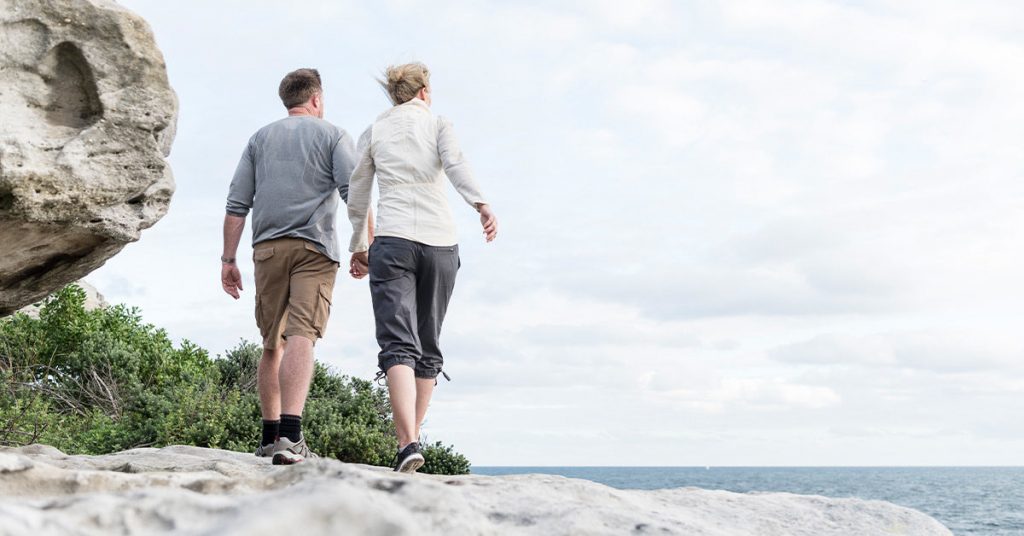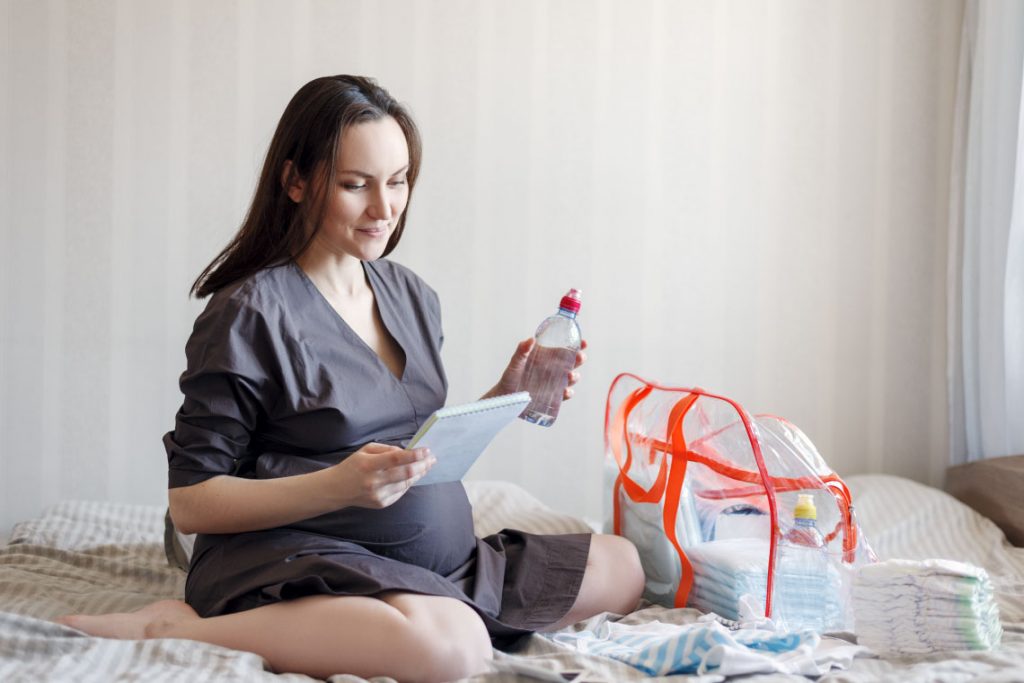How To Change Adult Diapers
In order for the skin to remain healthy, free from rashes and infection, it needs to be kept clean and dry. For a healthy and ambulant adult, this is not difficult, but if an adult is bedridden, incontinent, and wears a diaper, special skincare and assistance are needed.
Whether you are employed as a caregiver or find yourself looking after a loved one who is bedridden and incontinent, changing an adult diaper for the first time can be rather daunting. The good news is, once you know what you need and the basic steps you need to follow, this task can be performed effortlessly and efficiently.
What Supplies Are Needed To Change An Adult Diaper?
It is a good idea to have all the supplies you need in a basket or container readily available so that you are not searching for items in the middle of the procedure. Some incontinence care products that you will need when changing an adult diaper are:
- The correct size diapers
- Vinyl, synthetic, latex or nitrite gloves in your size
- Wet and dry wipes
- Perineal cleanser
- Skin protection barrier cream
- Trash bag or diaper pail
- Disposable or washable linen/bed protection pads

Changing An Adult Diaper Without Assistance
In order to maintain skin integrity, the diaper will need to be changed as soon as it is wet or soiled. If you do not have someone to assist you, wash your hands, put on your gloves and follow these easy steps:
- With the patient lying on their back, undo the diaper tabs.
- Gently ease the patient onto their side, facing away from you. Guide them by their hips, not their shoulders, arms, or legs.
- Once on their side, gently bend their knees towards their chest.
- Roll the diaper inwards while pulling it back. Tuck any mess inside while you roll.
- Once you have removed the diaper, roll it up and throw it into the trash bag or diaper pail.
- Using the wipes, wipe the area from front to back until clean, make sure you clean in all the folds. Dry the skin well.
- Using the same technique, turn the patient onto their other side, and clean and dry the skin, from front to back.
- Allow the skin to air dry for a while, use the time to change your gloves.
- While the patient is on their side, straighten the linen and roll up the linen protection pad halfway. Place the folded part of the linen protection pad against the patients back, straightening the other half onto the sheet.
- Apply barrier cream to the patients’ skin, especially the buttocks. Position the diaper, tucking it a little under the hips.
- Roll the patient back onto their back and pull the diaper through their legs.
- Close the diaper using the tabs. For a snug fit, stick the top tabs facing down, and the bottom tabs facing up.
- Roll the patient slightly to the other side so that you can pull out the folded part of the linen protector. Straighten the linen.
- Remove your gloves and dispose of them. Wash your hands.

Important Things To Remember When Changing An Adult Diaper
The physical act of changing an adult diaper can be explained in a few easy steps, but there are other very important things that must not be neglected or forgotten:
- Always have a good attitude when dealing with patients. You may not always feel like performing this necessary task, but the patient must never be made to feel embarrassed or like they are a bother. Be gentle and kind, maintain their dignity and expose them as little as possible.
- The skin may be fragile, so be gentle while cleaning and drying the area.
- While changing the diaper, take note of any rash or broken skin. Report this immediately to your physician who will prescribe the necessary treatment. Bedridden patients are very vulnerable to skin breakdown and infection, so early diagnosis and treatment are vital.
- Make sure the diaper is the correct size. If the diaper is too small it won’t contain the contents and it could impede circulation, while a diaper that is too big, will allow the contents to leak out.
- After the diaper change, straighten the linen making sure it is clean and free of creases. Dirty or creased linen increases the chance of the patient developing bedsores.




